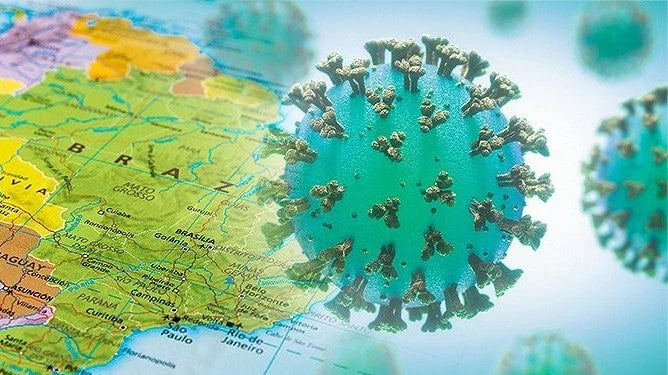 © Medscape
© Medscape
“There have been as many plagues as wars in history; yet always plagues and wars take people equally by surprise.”
- Albert Camus (1957 Nobel Prize Laureate for Literature), La Peste, Vintage, 1947
The coronavirus (COVID-19) pandemic has hit the entire world with devastating effects, both through lives lost (more than 370,000 deaths) and a severe economic downturn. Although the aggregate number of new cases has stabilized somewhat (Figure 1), the tide has fallen in some places and risen in others, shifting the pandemic’s epicenter from region to region. The latest data suggest that some South and Central American countries have become the new COVID-19 epicenter , with daily infections in the region now exceeding those in the United States and Europe (Figure 2).
| Figure 1. Daily confirmed new cases worldwide (Number of cases) |
Figure 2. Daily confirmed new cases by region (Percent of total cases) |
|
|
|
| Note: Data as of May 25. Source: Prepared by authors using Our World in Data. |
|
The situation in the region
More than 70 days into the pandemic, new cases keep rising sharply in some countries in South and Central America (Figure 3). There are now more than 1 million COVID-19 cases here, half of them in Brazil, which has surpassed Russia, the United Kingdom, and Spain to reach the second highest number of cases in the world. More than 50,000 people have died across the region. Countries that adopted late or lax social distancing, such as Brazil and Mexico, are now seeing higher rates of infection. Other countries that had stabilized the growth of new cases and relaxed their lockdowns, such as Chile and Peru, have seen surges of new cases. Costa Rica and Uruguay are outliers, as their cases seem to have leveled off.
| Figure 3. Daily confirmed new cases (7-day moving average): South and Central American countries |
|
| |
|
Note: Data as of May 25. Source: Prepared by authors using Our World in Data.
Since testing capacity lags behind other regions, the number of new cases is likely to be underestimated. Similarly, mortality data should also be interpreted with caution, as many countries show significant underreporting of COVID-19- related deaths (Table 1).
Unexplained deaths provide a proxy for underreporting. They are estimated as the difference between observed deaths and the projected number of deaths based on historical and seasonal trends. The difference may be attributed to COVID-19 or to other factors, such as a shortage or lack of essential medical services for other conditions. In Ecuador, Chile, and Mexico, the unexplained deaths are 4 to 5 times the reported deaths. In Brazil and Peru, the factor is somewhat smaller, around 2 times.
Table 1. COVID-19 underreported deaths
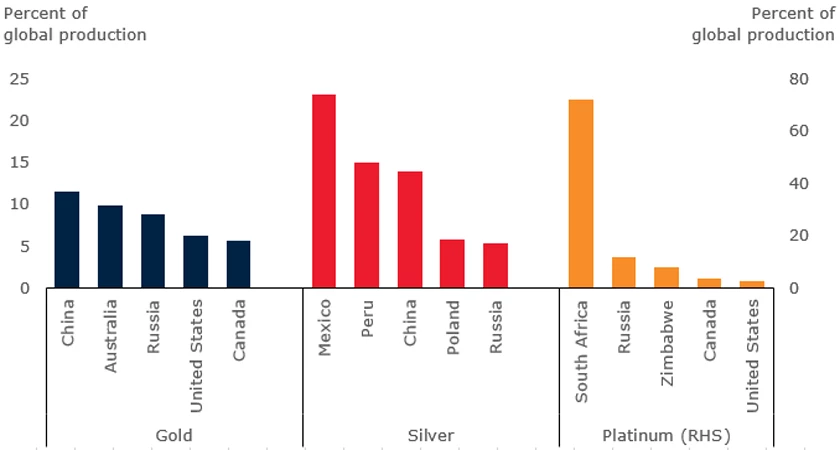
What explains Latin America’s vulnerability?
Experts suggest that poverty and the region’s high levels of inequality have contributed to the relative ineffectiveness of lockdowns. The average Gini coefficient, which measures the distribution of income or consumption expenditure within a country, was estimated at 0.51 in 2017 – the highest level of inequality in the world (Figure 4). In particular, the region has many informal workers (about 140 million people, or 55% of total workers), who must continue to work every day to earn a living, for example in marketplaces, cleaning houses, or as street vendors. These workers are unlikely to have much savings or to receive support from social protection programs at a level that would allow them to feed their families while adhering to social distancing measures.
The vulnerability of people in large metropolises such as Sao Paulo and Mexico City is further increased by poor living conditions. Millions are crowded in densely packed neighborhoods, with large families often sharing a single room and many lacking access to clean water, basic sanitation, and health services. Some households are forced to shop for food every day in crowded markets because they do not have a refrigerator or lack electricity, putting them at higher risk of becoming infected.
Figure 4. Income inequality in selected Latin American countries, 2000-2017: Gini coefficients
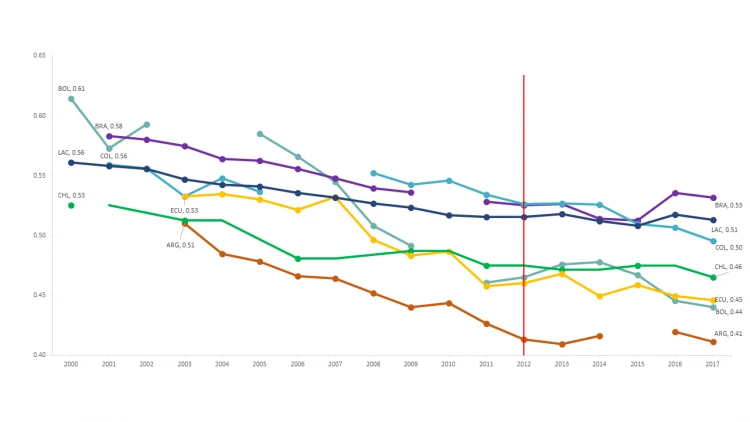
Source: World Bank Group.
Meanwhile, the ongoing economic downturn caused by COVID-19 is taking a severe toll on the ability of migrant workers to send money home. In South and Central American countries, the decline in remittance flows has been estimated at 20%. Remittances are a vital source of income in some countries such as Ecuador and El Salvador, as they help the poorest communities afford food, health care, and basic needs.
The situation has been further aggravated by high debt burdens and significant budget deficits, which have reduced investment in public health systems and undermined their capacity to care for the sick.
What is the World Bank doing?
The World Bank is supporting COVID-19 health-relatd emergency responses in 19 Latin American and Caribbean countries. To date, 15 new COVID-19 health operations are underway in 13 countries, amounting to $965 million. In addition, resources allocated to existing World Bank projects are being redeployed, including through restructuring ($176 million) and activating emergency provisions ($18.5 million).
Given the severity of the pandemic, the World Bank Group is committed to providing $160 billion over 15 months to help countries across the globe address the health, economic, and social impacts of COVID-19. Emergency operations now reach 100 countries with emergency containment and mitigation activities. Health operations also support governments in strengthening their longer-term health system capacity to prevent the reemergence of COVID-19 and other pathogens of animal origin, and to provide essential services for other conditions.
What lessons are emerging?
In the landmark book “This Time is Different. Eight Centuries of Financial Folly”, Carmen Reinhart, the World Bank Group’s newly appointed chief economist, and her co-author, Kenneth Rogoff, noted that “long spans of history catch sight of ‘rare’ events that are all too often forgotten, although they turn out to be far more common and similar that people seem to think.”
This observation is apt in the context of COVID-19, which illustrates a collective failure to prepare adequately for outbreaks of infectious diseases. As we saw in West Africa with Ebola, with the Zika virus in Brazil and other countries, with SARS in East Asia and Canada, and with avian influenza globally, novel viruses can spread quickly across borders and wreak havoc on unsuspecting populations, countries, and regions. The challenge is continuing to grow with the increased movement of goods, services, and people across the world.
Learning from what did or didn’t work well in past health crises will help countries in rapidly detecting and responding to future infectious disease outbreaks. Rebuilding better and sustaining essential health services for all is a global public good and should be a priority. Indeed, the COVID-19 pandemic should serve as a catalyst for institutional reform and for improving financing to boost the capacity and performance of health systems.
Now, more than ever, countries need to collaborate across sectors to reduce social and economic vulnerabilities. We must address not just the symptoms of ill health, but the root causes of disease and premature mortality.


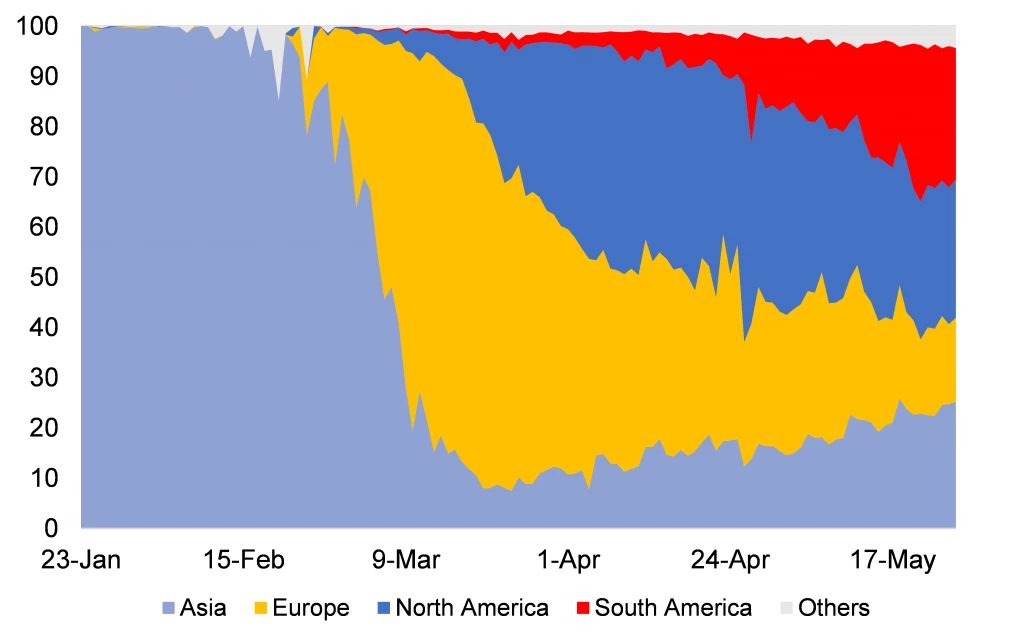
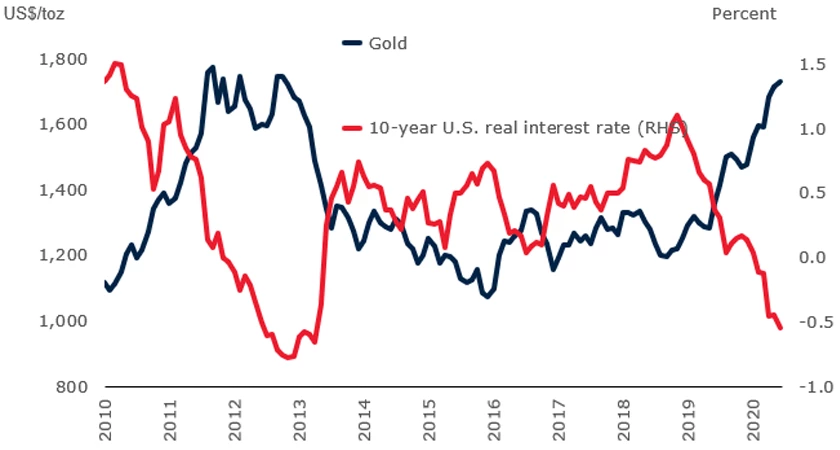
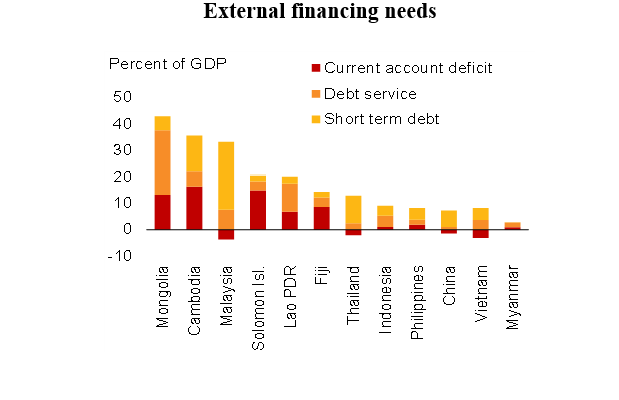



Join the Conversation